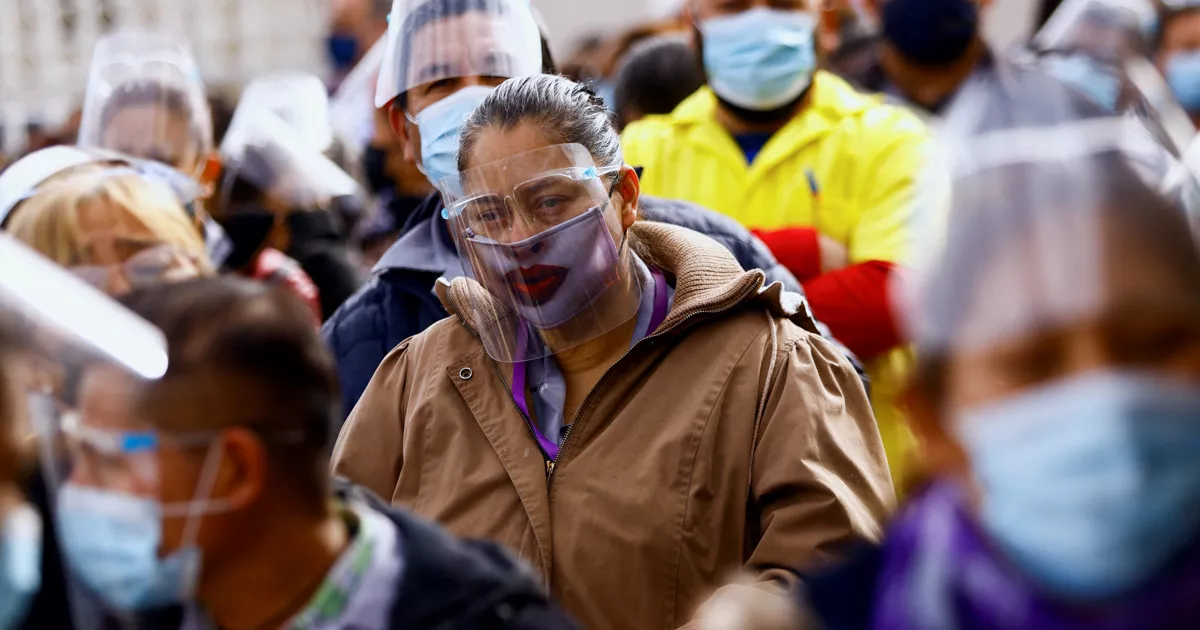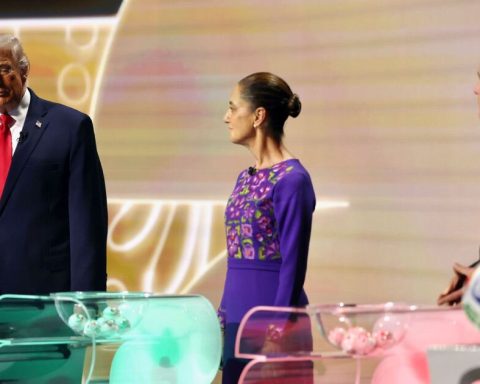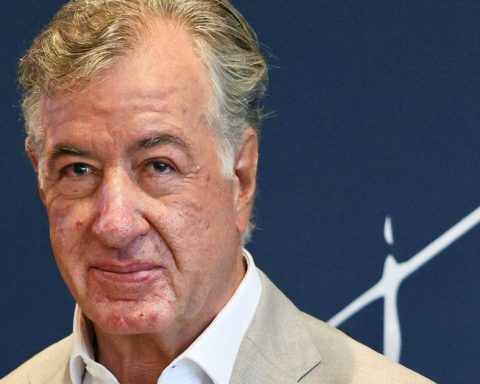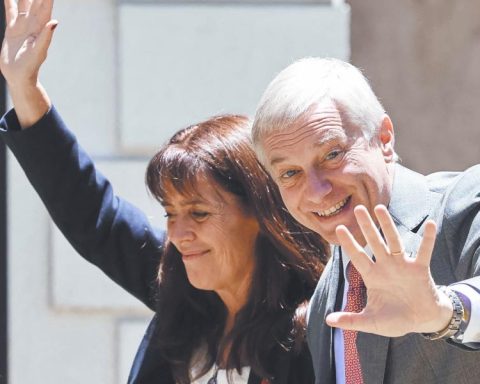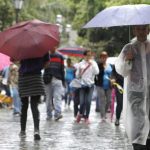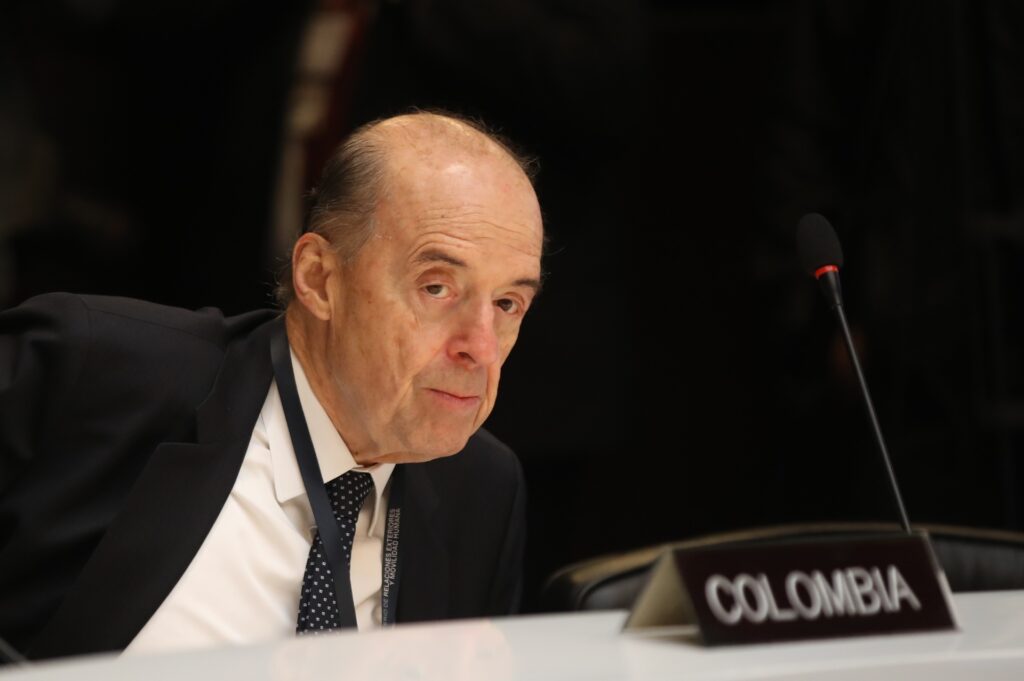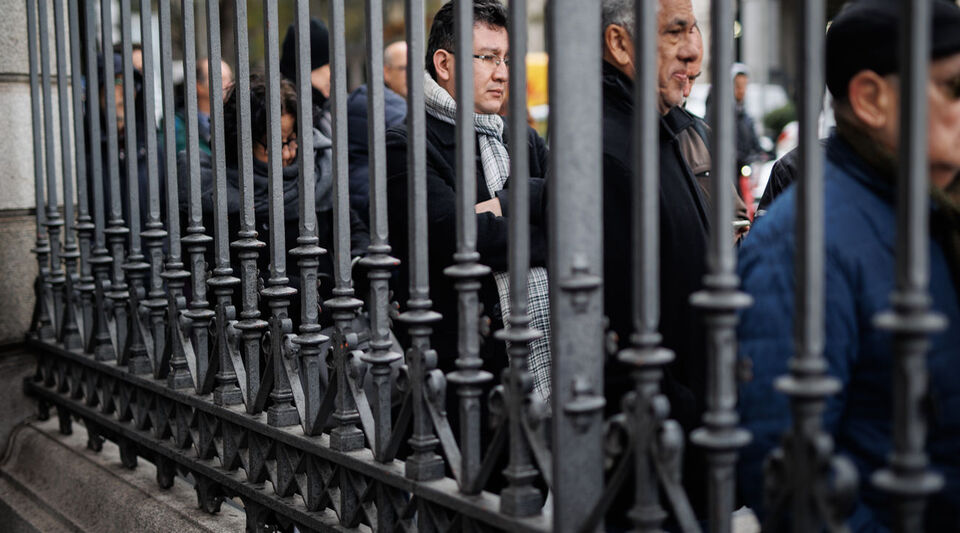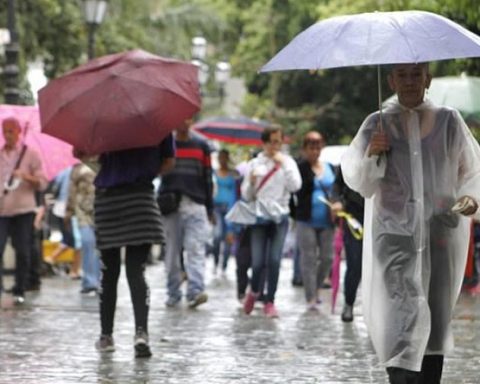The members of the Commission and the working groups were invited because of our personal trajectory, not because of the positions we held, and we contributed during these two years in an honorary manner despite the fact that some virtual meetings had complex schedules to get people from all over the world to of the planet we could match. In addition, all our meetings were virtual, which reduced expenses and the impact on the environment.
VSR virus and ‘Hound of hell’, the differences between two respiratory viruses
This Tuesday we concluded the work of the working group on Humanitarian assistance, social protection and vulnerable groups , which I co-chaired with Maira Vike-Freiberga – former President of Latvia – and George Laryea-Adjei – UNICEF Regional Director for South Asia -. We also have the valuable support of the UN SDSN secretariat and the Center for Sustainable Development at Columbia University.
This working group managed to stand out for its results and for a very specific vocation: turning words into actions. On the one hand, we managed to get The Lancet to publish our first report entitled “Safeguarding people living in vulnerable conditions in the era of COVID-19 through universal health coverage and social protection” . This step was very significant because it required analysis, study, discussion, innovation, proposal and consensus among the members of the group; The next step was to submit the draft for review by the specialists assigned by The Lancet and finally, we perfected the document that reached the pages of this outstanding publication.
On the other hand, I insist, words do not alleviate suffering, we had to move on to actions. One of the most complex challenges of global work is the implementation of any proposal or agreement, and even more so when we propose the transformation of health systems and the creation of social protection systems. To achieve this, we design 6 public policy documents with specific approaches to solve the problems experienced by billions of people in conditions of vulnerability: women and girls, displaced populations, children and young people, the elderly, the indigenous population and people with disabilities.
